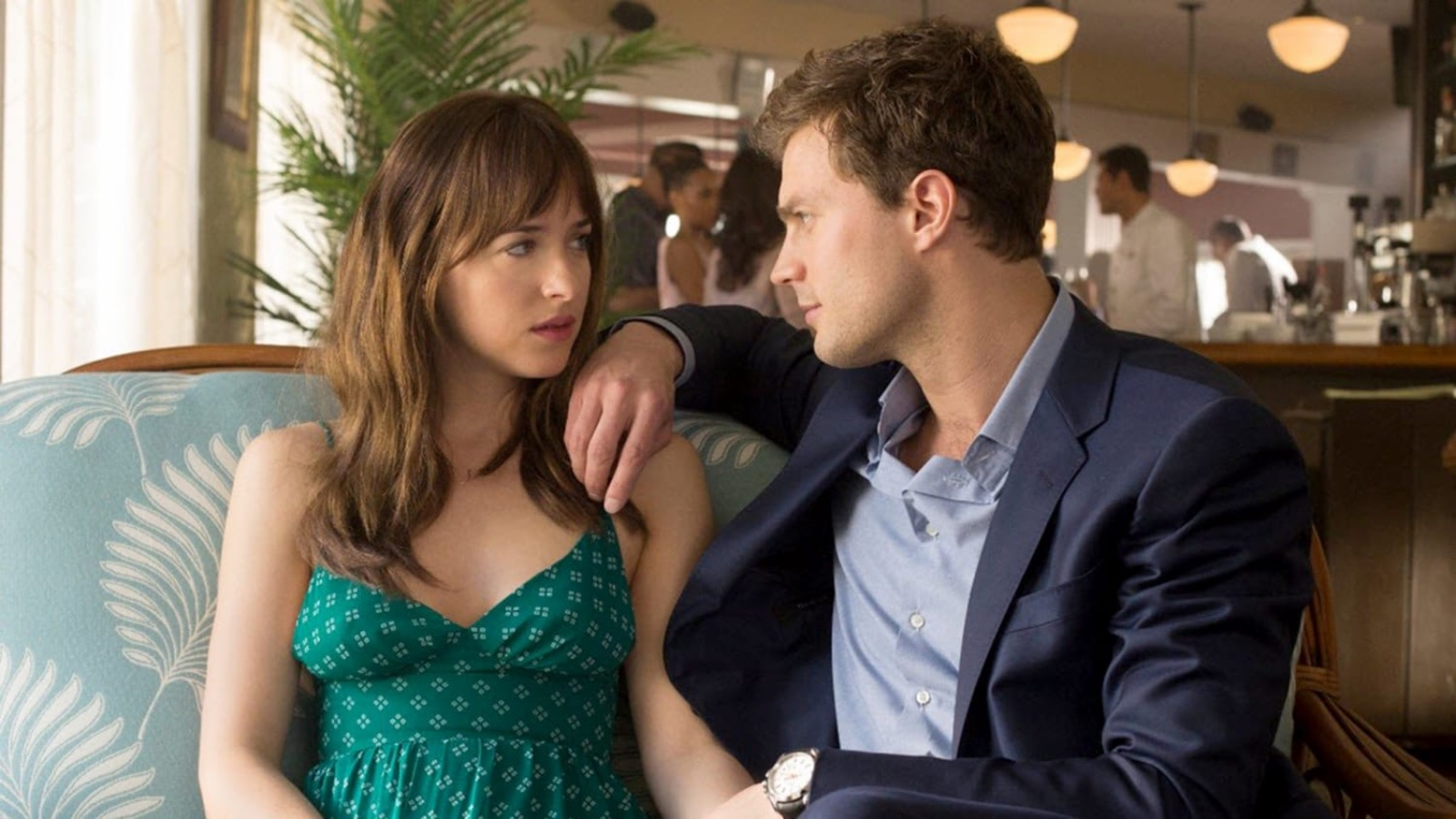
When “Fifty Shades of Grey” hit theaters in 2015, it sparked a whirlwind of conversation, excitement, and controversy. Based on E.L. James’s bestselling novel, the film promised a steamy romance that would captivate audiences. However, despite its box office success, the movie received a dismal score on Rotten Tomatoes, leaving many to wonder: is “Fifty Shades of Grey” really that bad? In this article, we’ll dive into the reasons behind its low ratings and explore the criticisms that have followed the film since its release.
1. The Rotten Tomatoes Score Explained
Understanding the Rating System
Rotten Tomatoes uses a unique scoring system that aggregates reviews from critics and audiences alike. A film receives a “Fresh” rating if at least 60% of reviews are positive. Unfortunately for “Fifty Shades of Grey,” it struggled to reach that threshold, landing with a score that reflects a significant divide between audience expectations and critical reception.
2. Criticism of the Source Material
The Book vs. The Film
Many critics argue that the film’s shortcomings stem from its source material. E.L. James’s novel faced backlash for its portrayal of BDSM and relationships, which some deemed unrealistic and problematic. This criticism carried over to the film, leading to a perception that it failed to address these issues adequately.
3. Portrayal of BDSM Relationships
Misrepresentation of Consent
One of the most significant criticisms of “Fifty Shades of Grey” is its portrayal of BDSM. Critics argue that the film glosses over essential aspects of consent and negotiation, which are crucial in healthy BDSM relationships. This misrepresentation has led to concerns about how the film influences public perceptions of BDSM practices.
4. Character Development Issues
Flat Characters and Stereotypes
Many viewers found the characters in “Fifty Shades of Grey” to be one-dimensional. Anastasia Steele and Christian Grey often fall into stereotypical roles, lacking the depth and complexity that audiences crave. This lack of character development can make it challenging for viewers to connect with their journeys.
5. The Writing and Dialogue
Critiques of Screenplay Quality
The film’s dialogue has been a frequent target of criticism. Many reviewers pointed out that the lines often felt awkward or unrealistic, detracting from the overall experience. When characters struggle to deliver believable dialogue, it can pull viewers out of the story.
6. Direction and Pacing
Inconsistent Tone and Flow
Directed by Sam Taylor-Johnson, “Fifty Shades of Grey” faced scrutiny for its pacing and tone. Critics noted that the film oscillated between steamy romance and awkward moments, leading to a disjointed viewing experience. A lack of cohesive direction can leave audiences feeling unsatisfied.
7. The Impact of Marketing
Expectations vs. Reality
The marketing campaign for “Fifty Shades of Grey” built up significant expectations, promising a provocative and thrilling experience. However, many viewers felt that the film did not deliver on these promises, leading to disappointment and negative reviews.
8. Audience Reception vs. Critical Reviews
A Divide in Opinions
Interestingly, while critics panned the film, many fans embraced it. This divide highlights the subjective nature of film appreciation. Some viewers found enjoyment in the romance and fantasy elements, while critics focused on the film’s flaws.
9. Cultural Context and Backlash
Changing Attitudes Toward Relationships
The release of “Fifty Shades of Grey” coincided with a growing awareness of issues surrounding consent and healthy relationships. As societal attitudes evolved, the film faced increased scrutiny for its portrayal of romance and power dynamics, contributing to its low ratings.
